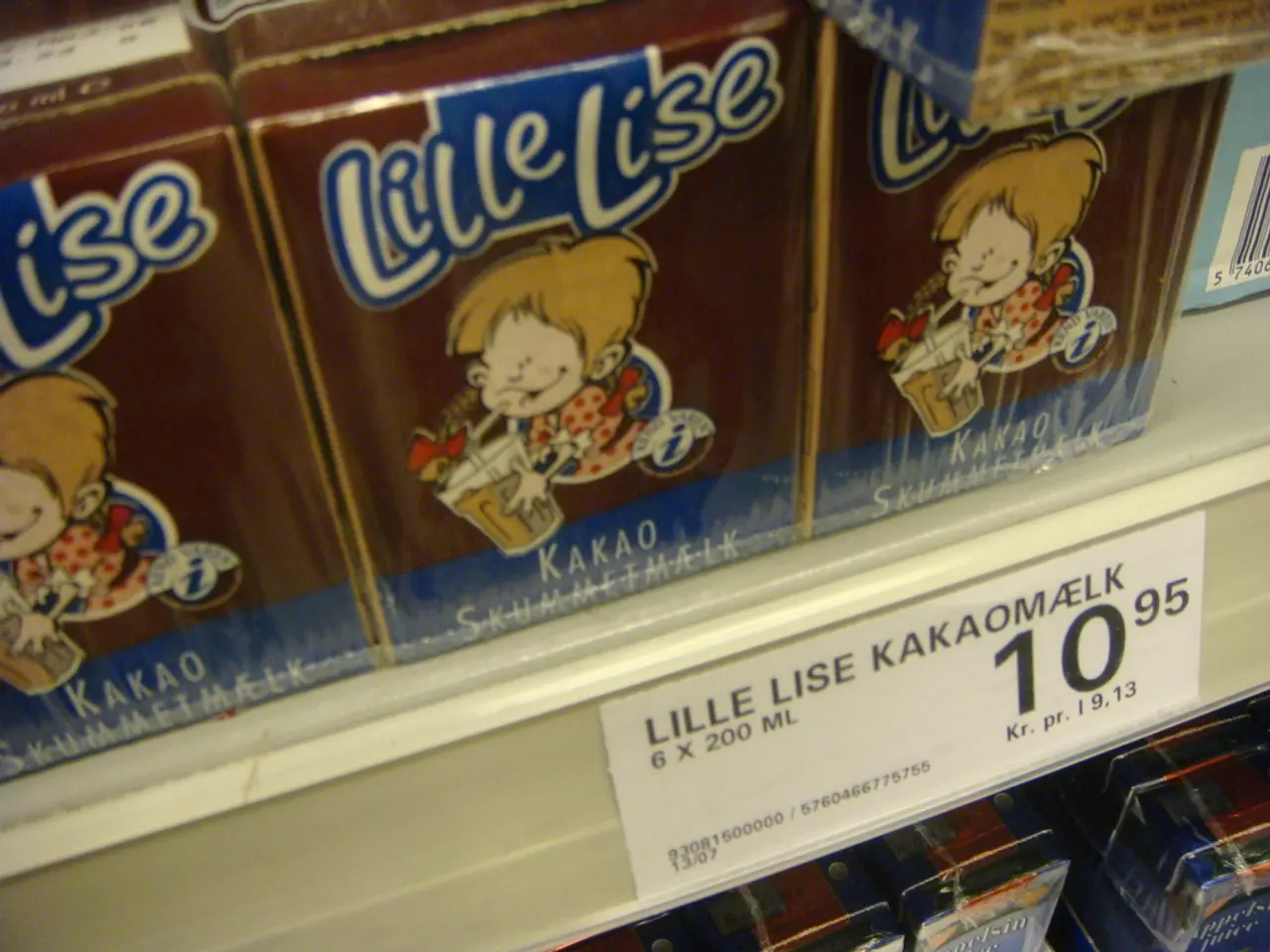Potential Warnings for Your Potato Chip Packages
In South Africa, the health department is reviewing draft food labelling regulations that aim to make healthy food choices easier for consumers. This initiative is inspired by the UK's "traffic light" front-of-pack nutritional labels, which provide a clear, fast, and consumer-friendly guide to nutritional quality on food packages.
Edzani Mphaphuli, the executive director of the nonprofit organisation Grow Great, believes that this system could work similarly to warnings on cigarette packs, helping consumers make informed decisions about their food choices. The proposed regulations would apply to packaged foods high in sugar, salt, saturated fat, or containing artificial sweeteners, and would require these products to carry warning labels.
Nutrition researcher and lecturer Makoma Bopape at the University of Limpopo notes that understanding nutritional information can be challenging without a nutritional science background. Ultraprocessed foods, which are often filled with sugar, fat, starch, and salt, provide energy in the form of calories but fewer healthy nutrients like proteins, carbohydrates, vitamins, and minerals. The nutritional information, when it does appear, is often in small print and uses terms and measurements that an ordinary shopper would not understand.
The traffic light system works by highlighting critical nutrients that contribute to health risks if consumed in excess, such as sugar and salt. Using intuitive colour coding, green means healthier levels, amber indicates moderate levels, and red signals that the product is high in that nutrient. This system enables easy comparisons between similar food products based on nutrient content without needing to read detailed nutrition facts. It also encourages the food industry to reformulate products to achieve better traffic light scores to appeal to health-conscious consumers.
Research and organisations such as the WHO and Codex Alimentarius advocate that front-of-pack labelling systems, including the UK's traffic light system, should be government-led, simple, and consistent to be effective in helping consumers differentiate between healthier and less healthy options. Evidence suggests making such labelling mandatory enhances its impact, as all foods in a category display the labels transparently, avoiding selective display by manufacturers.
Currently in South Africa, food labels are required to list all product ingredients, including allergens, source, and best-before or use-by dates. However, manufacturers do not have to include detailed per-serving nutrient information unless they make specific claims like "low in sugar." In the UK, it is mandatory for manufacturers to include nutritional information on the back of their products, but they can opt to use the "traffic light" system on the front of food packages, and most do.
Elvina Moodley, a 30-year-old South African, has never fully understood how to interpret nutritional tables. The nutritional tables list per-serving amounts of calories, glycaemic carbohydrates, protein, fat, and sodium. The draft regulations would target foods containing artificial sweeteners, in addition to those high in glycaemic carbohydrates, saturated fat, and sodium.
Eating too many of these types of foods can raise the chances of obesity, which can lead to diabetes, cancer, and heart disease. The nutritional labels on packaged food products in grocery stores are often hidden and difficult to find. Many familiar foods, including baby food, are considered ultraprocessed and made with ingredients not typically found in a kitchen, such as artificial colors or preservatives.
The proposed regulations in South Africa are under review at the health department. If approved, they could revolutionise the way South Africans make food choices, making it easier for them to make healthier decisions and take control of their diets.
[1] Source: https://www.who.int/nutrition/publications/ncds-staging/front-of-pack-labelling/en/ [2] Source: https://www.foodstandards.gov.uk/food/labelling/traffic-lights/Pages/default.aspx [3] Source: https://www.ncbi.nlm.nih.gov/pmc/articles/PMC6473435/ [4] Source: https://www.who.int/nutrition/publications/ncds-staging/front-of-pack-labelling/en/ [5] Source: https://www.who.int/nutrition/publications/ncds-staging/front-of-pack-labelling/en/
- The proposed traffic light labeling system in South Africa, similar to the UK's, aims to provide a clear, fast, and consumer-friendly guide to nutritional quality on food packages, making healthy food choices easier for consumers.
- Nutrition researcher Makoma Bopape notes that understanding nutritional information can be challenging without a nutritional science background, and current food labels often use terms and measurements that an ordinary shopper would not understand.
- The traffic light system highlights critical nutrients that contribute to health risks, such as sugar and salt, and enables easy comparisons between similar food products based on nutrient content without needing to read detailed nutrition facts.
- If approved, the draft regulations could revolutionize the way South Africans make food choices, promoting healthy-cooking, lifestyle changes, and encouraging the food industry to reformulate products to appeal to health-conscious consumers, thereby reducing the risk of obesity, diabetes, cancer, and heart disease.




